Exploring the Modern Myth (Part 1): An Introduction to Joseph Campbell – The Grandfather of Star Wars
If George Lucas is the father of Star Wars, that makes Joseph Campbell its grandfather. Many of you have probably heard of the world-renowned scholar, famous for his work in the fields of comparative mythology and comparative religion. It was at Skywalker Ranch, way back in 1988 (while Lucas was still developing his ideas for the prequel trilogy, and some would even argue the sequel trilogy) that Campbell was invited by Lucas to have an interview with Bill Moyers, aptly titled, “The Power of Myth,” where the two discussed at great length why mythic symbols and images have had such a profound impact on human society, and why they will continue to have that impact far into the future. In this series of posts, we hope to further expose Star Wars fans, and lovers of storytelling in general, to the magic of Joseph Campbell’s work as it relates to the Galaxy Far, Far Away. In so doing, perhaps it will become easier to see why Star Wars has had such far-ranging success, continuing to tap into the hearts and minds of people worldwide not just on an entertainment level, but on a deeply emotional, some might even say spiritual level, as well.
Perhaps the best place to start this discussion is making the case that George Lucas, and therefore all of Star Wars, has strongly drawn upon the work of Joseph Campbell. Those seasoned travelers of the storytelling world will know that Campbell’s seminal work, “The Hero with a Thousand Faces,” illuminated a form of storytelling known as the hero’s journey. This classic structure, in which a hero leaves his mundane world, either willingly or unwillingly, to lands unknown, confronting obstacles and receiving aid along the way, only to defeat their challenges and return a changed person, can be used to explain nearly every story ever told (though there are plenty who disagree with taking this approach toward storytelling). But to make the connection between Star Wars and Campbell, it would be useful if there was a direct link between the two. Fortunately, there is!
If the interview at Skywalker Ranch doesn’t convince you, perhaps George Lucas will:
“I [Lucas] came to the conclusion after American Graffiti that what’s valuable for me is to set standards, not to show people the world the way it is…around the period of this realization…it came to me that there really was no modern use of mythology…The Western was possibly the last generically American fairy tale, telling us about our values. And once the Western disappeared, nothing has ever taken its place. In literature we were going off into science fiction…so that’s when I started doing more strenuous research on fairy tales, folklore, and mythology, and I started reading Joe’s books. Before that I hadn’t read any of Joe’s books…It was very eerie because in reading The Hero with a Thousand Faces I began to realize that my first draft of Star Wars was following classic motifs…so I modified my next draft [of Star Wars] according to what I’d been learning about classical motifs and made it a little bit more consistent…I went on to read ‘The Masks of God’ and many other books.
Although the 1977 Star Wars was shot and released to be able to stand on its own (Luke does destroy the Death Star, and the film ends on a high note), it’s clear that there was more going on in the film that would require much more material to expand upon. What is the fate of Darth Vader? Does the Rebellion eventually triumph? What of Luke’s journey into the larger world of becoming a Jedi? Is there anything more to the Force than Obi-Wan’s concise introductory explanation to Luke on the Falcon? These are questions that people asked, and though the answers aren’t necessary for A New Hope to stand on its own two feet, they left the door wide open for more films. With its smashing success at the box office, Lucas was able turn his vision into reality in a way that no one could have ever dreamed of.
Unfortunately, Campbell never got to see the rest of the story he helped shape. He passed away before the prequels were made. But on a more positive note, Lucas personally showed him all three of the original trilogy films, which Campbell watched all in one day at Skywalker Ranch. Lucas must have been nervous watching one of his inspirations see his work for the very first time. When they were finished, Campbell remarked to Lucas and his friend Barbara McClintock:
“It was just us and George. It was very quiet in the dark, and Joe said, ‘You know, I thought real art had stopped with Picasso, Joyce, and Mann. Now I know it hasn’t.’”
Wow! What a great feeling that must have surged up within Lucas upon hearing that! A feeling that many of us possibly dream of experiencing from our friends and mentors someday, especially those who have inspired us most in life. What this story reveals is that, although it’s just as possible to enjoy Star Wars for its surface elements (who doesn’t like the space equivalent of Knight-Errant-Samurai-Wizards wielding laser swords and tapping into a magical force field connecting all life?), there is something deeper and more profound going on here. We hope that the following posts in this series help elucidate that element of mystique regarding this saga, which over the decades has clearly moved beyond the realm of simple pop culture, and into the realm of a truly modern-day myth that can be engaged with not just for the fun escapism it provides, but also as a spiritual template for how to live your life.
Campbell is so highly respected and revered, that massive quotes of his line the floor where the story department works at Lucasfilm. They even ran a two-part piece recounting the relationship of Joseph Campbell and George Lucas, and how that relationship shaped the saga we know and love. If you note the dates of the tweet from Lucasfilm Story Group member Pablo Hidalgo as well as the starwars.com articles, you can see that Joseph Campbell, like a Force ghost guiding young Luke Skywalker, still manages to inspire the creators of our favorite franchise even today. We hope this has been an adequate introduction to Joseph Campbell himself and has piqued your interest in how his work has influenced the GFFA, which we will begin exploring in part two of this series, discussing The Force.

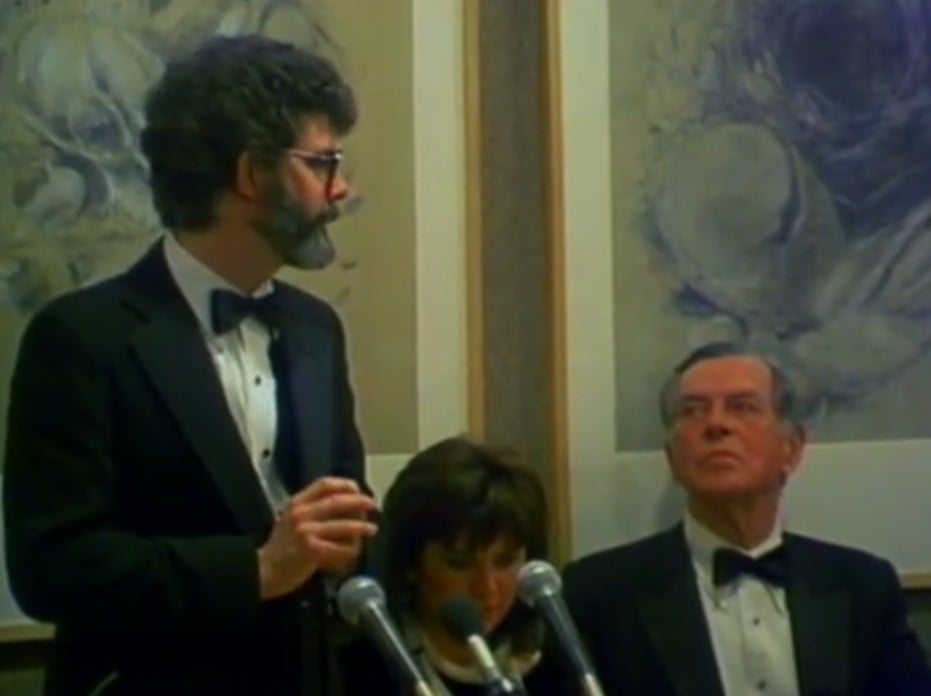
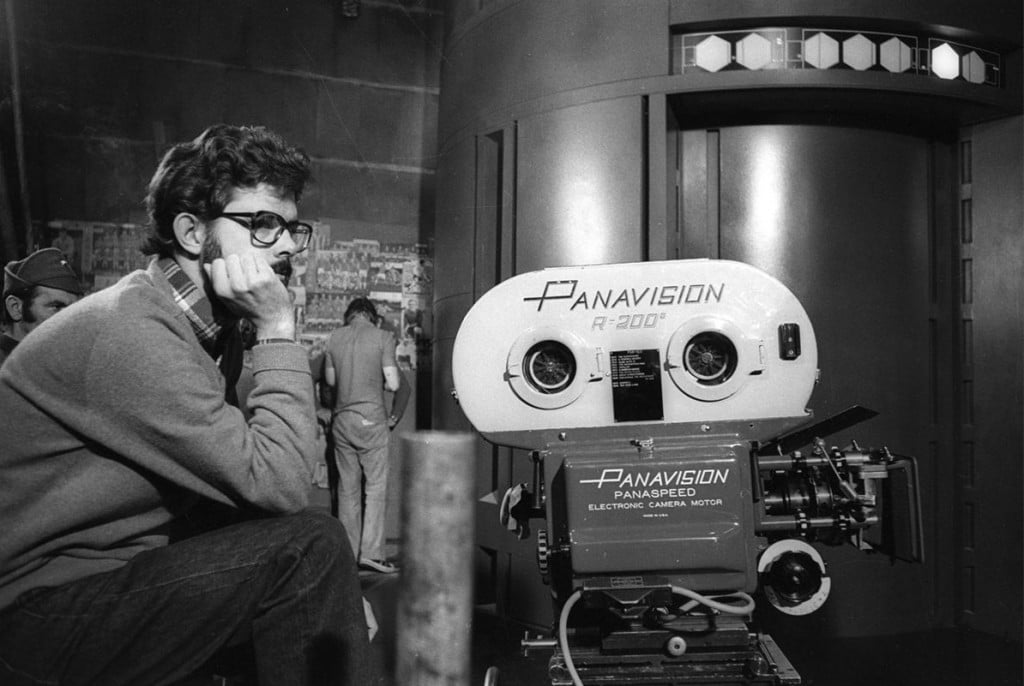
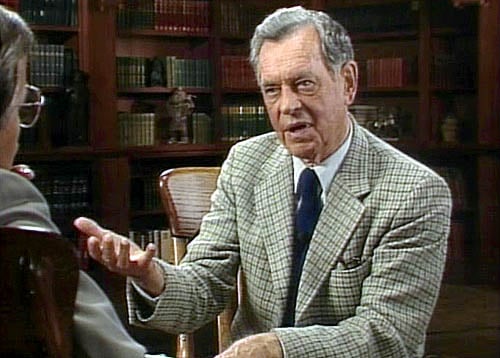
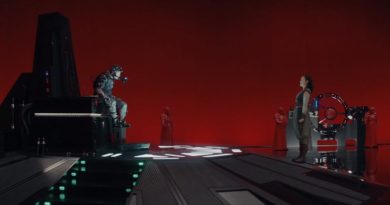
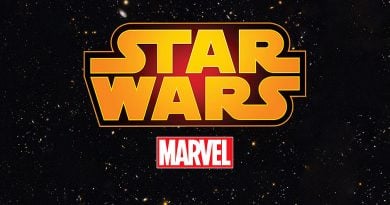
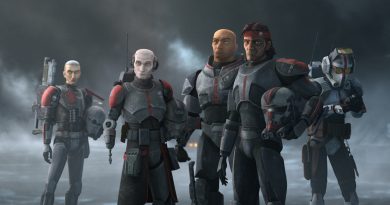
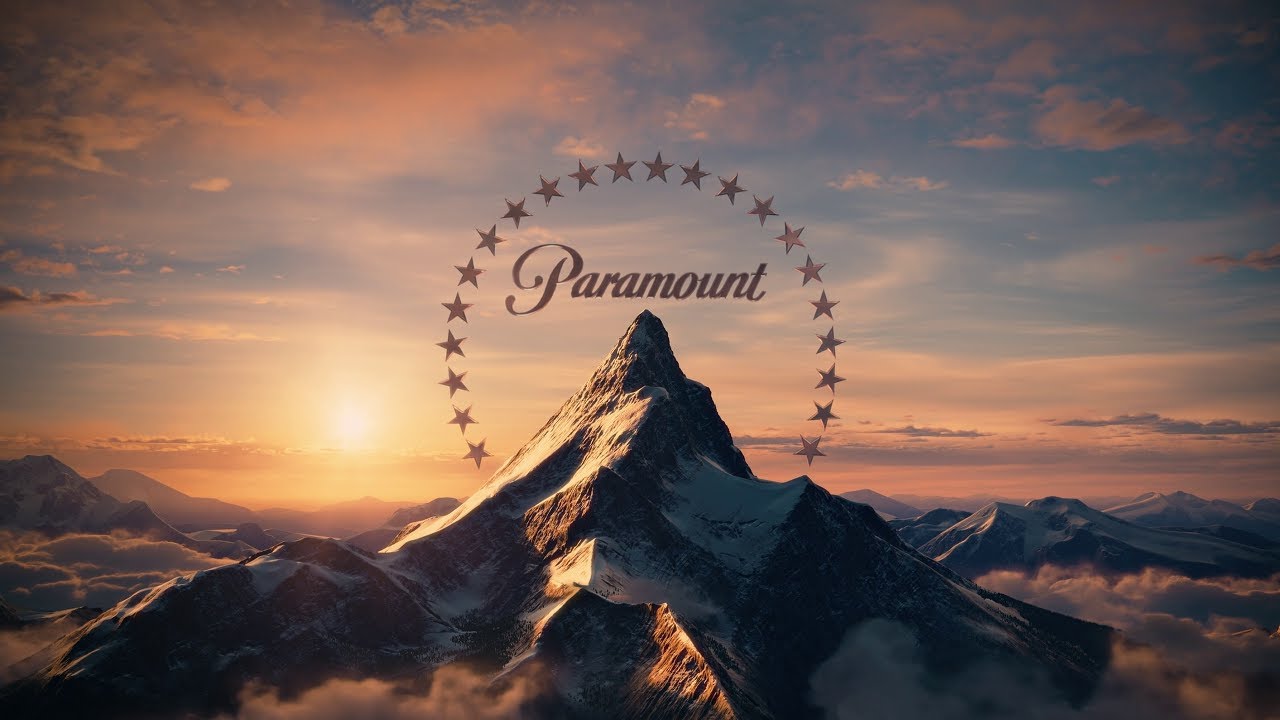
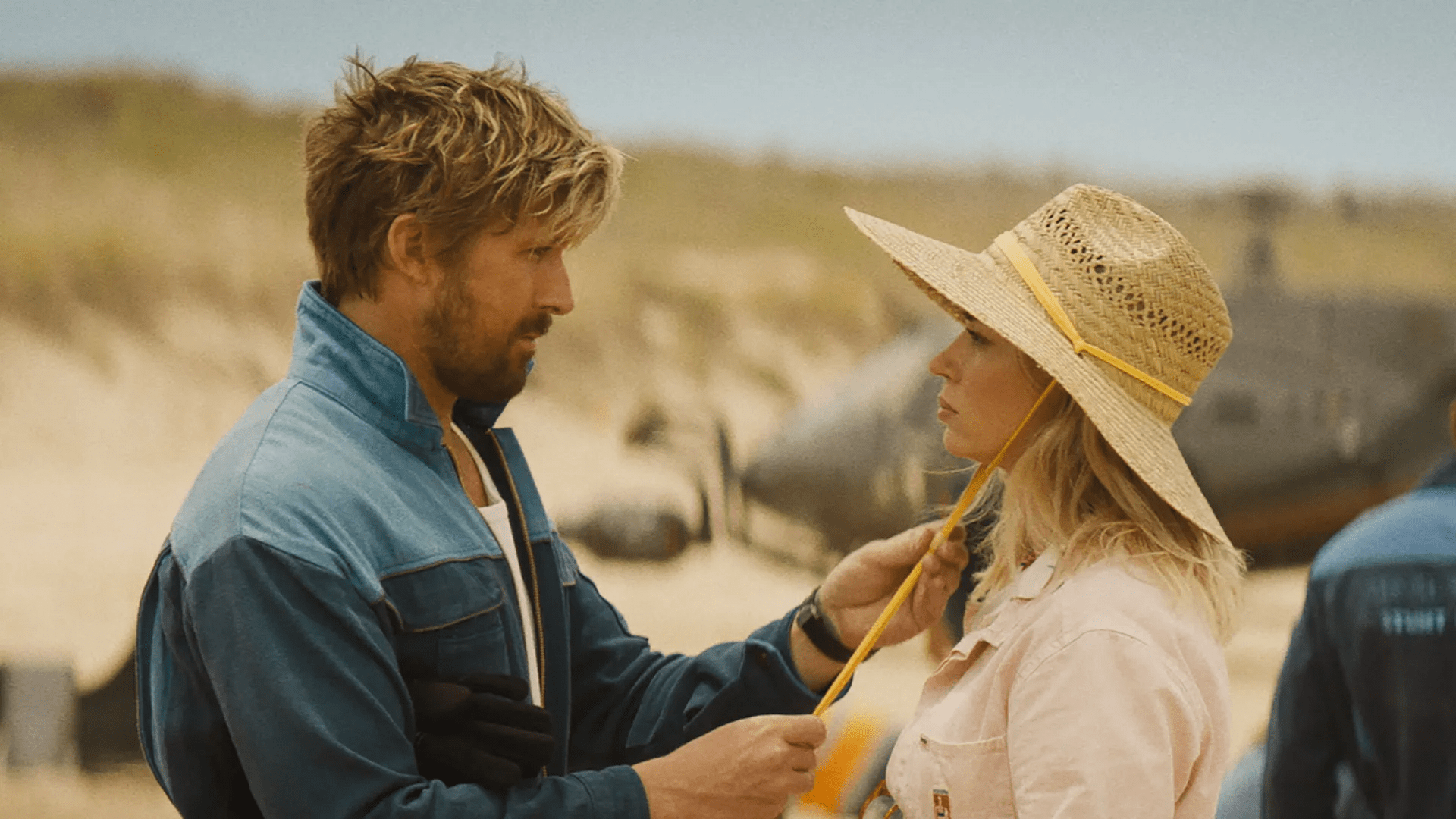

I have an old dvd copy of The Power of Myth (which replaced my vhs copy made from pbs airings). I have watched it many times and I highly recommend viewing it in its entirety.
Campbell is life changing stuff, isn’t he?
That headlines too much for me, I’m out. No more Star Wars news for me, roll on December
Follow your bliss.
You don’t need to know anything about Joe Campbell’s work to understand Star Wars, you just need to familiarise yourself with the Mythologies he was writing about. Cut out the middleman, so to speak.